In the context of local government restructuring and organizational changes, without a unified digital platform, fragmented data and divided services can easily lead to disruptions, overlaps or "missing files". The "One system - One data - One service" model was born to overcome those limitations.
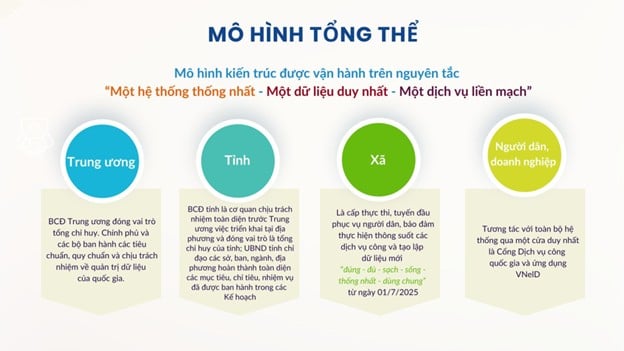
A unified system: All administrative procedure management systems, document management, people and organization management systems, etc. must be connected, compatible with each other, and operate according to a unified architecture, with no separate "independent" systems appearing.
Single data: Population data, organizations, administrative records, processing results, etc. are standardized, shared, not duplicated, and do not have "multiple copies" between levels and agencies.
One seamless service: People and businesses only need to interact through a single access point (National Public Service Portal, electronic identification application) to use all public services, from submitting documents to receiving results in a seamless electronic process, without having to manually transfer through many doors and systems.
Operating according to this principle is not just technical, but a transformation in governance: Putting data at the center, connecting systems, and changing the approach to public services from "many portals, many services" to "one door, one experience".
In Plan No. 02-KH/BCĐTW, this model is considered one of the fundamental principles throughout, included in the orientation of architecture, infrastructure, data, service platform and implementation organization.
The plan identifies task groups according to six pillars: institutions, technical infrastructure, data, platforms, applications, and human resources, each of which is linked to the goal of ensuring "One system - One data - One service".
At the local level, many provinces have been assigned the task of "closing the provincial public service portal interface from July 1, 2025" and integrating it into the National Public Service Portal as a mandatory step to implement the model "One unified system - One seamless service".

25 comprehensive online public services have been integrated into the National Public Service Portal to serve people and businesses, from July 1, 2025 to the end of 2025.
Thus, the "One - One - One" model is not just a slogan, but has been placed in a clear task structure and implementation progress in the strategic document.
The science and technology sector is the key force in turning this model into reality.
Building a national digital architecture: The Ministry of Science and Technology coordinates with relevant agencies to outline the digital government architecture, ensuring that the system at the ministerial and provincial levels is easily accessible and connected to the National Public Service Portal.
Standards, data and API standardization: The industry is responsible for proposing and promulgating technical standards, common data standards, API definitions, and data exchange procedures.
Support for local implementation: Departments of Science and Technology coordinate to support provinces, departments and branches in system integration, connection testing, training, and technical handling when connecting according to the "One - One - One" model.
Technology monitoring and evaluation: The industry can participate in evaluating connection results, identifying technology bottlenecks, and proposing additional infrastructure or new solutions suitable for each region.
Communication and awareness raising: Science and Technology takes on the role of a communication bridge, helping units better perceive the "One - One - One" principle and clearly understand the benefits and risks of interconnection.
It is the integration of these functions that helps the science and technology sector not only become a support unit, but also a force that creates and leads real digital transformation in the state apparatus.
With the determination institutionalized in Plan 02, and with the pioneering role of the science and technology sector, the "One - One - One" model is gradually becoming a vivid reality. If all levels and sectors coordinate their actions and implement them thoroughly, this model will not only be a slogan, but will be the consistent framework of public administration in the digital age.
Source: https://mst.gov.vn/mot-he-thong-mot-du-lieu-mot-dich-vu-kien-tao-chinh-quyen-so-trong-ke-hoach-02-197251012150507271.htm



![[Photo] Solemn opening of the 1st Government Party Congress](https://vphoto.vietnam.vn/thumb/1200x675/vietnam/resource/IMAGE/2025/10/13/1760337945186_ndo_br_img-0787-jpg.webp)






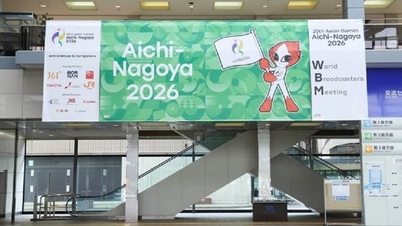

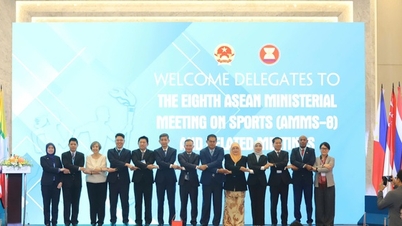







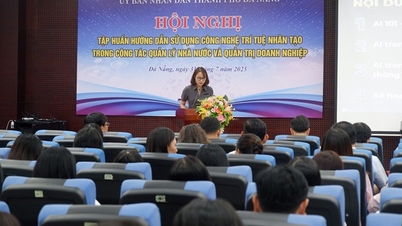
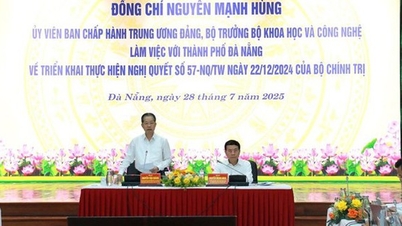
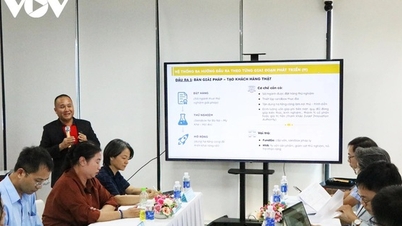
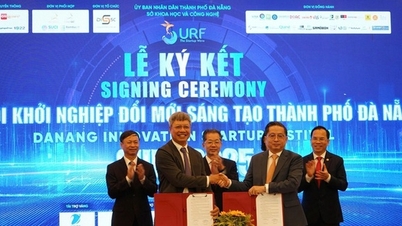
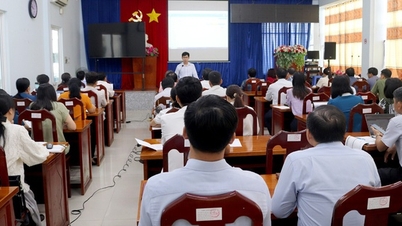
![[Photo] General Secretary To Lam attends the opening of the 1st Government Party Congress](https://vphoto.vietnam.vn/thumb/1200x675/vietnam/resource/IMAGE/2025/10/13/1760321055249_ndo_br_cover-9284-jpg.webp)














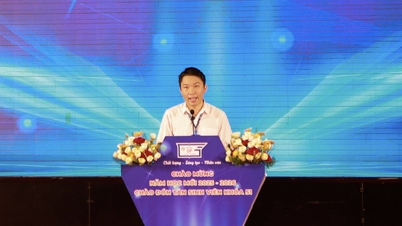











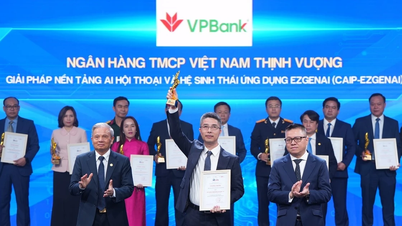


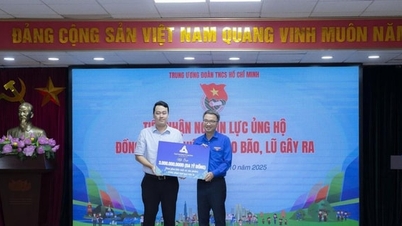


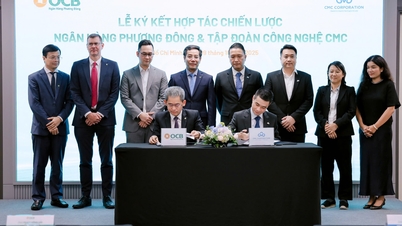

















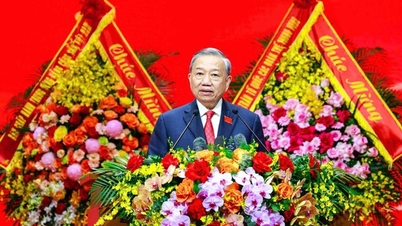
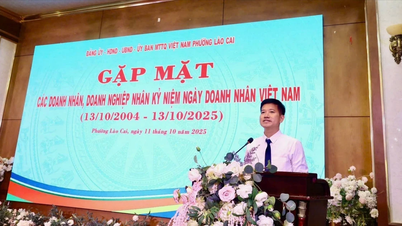





















Comment (0)